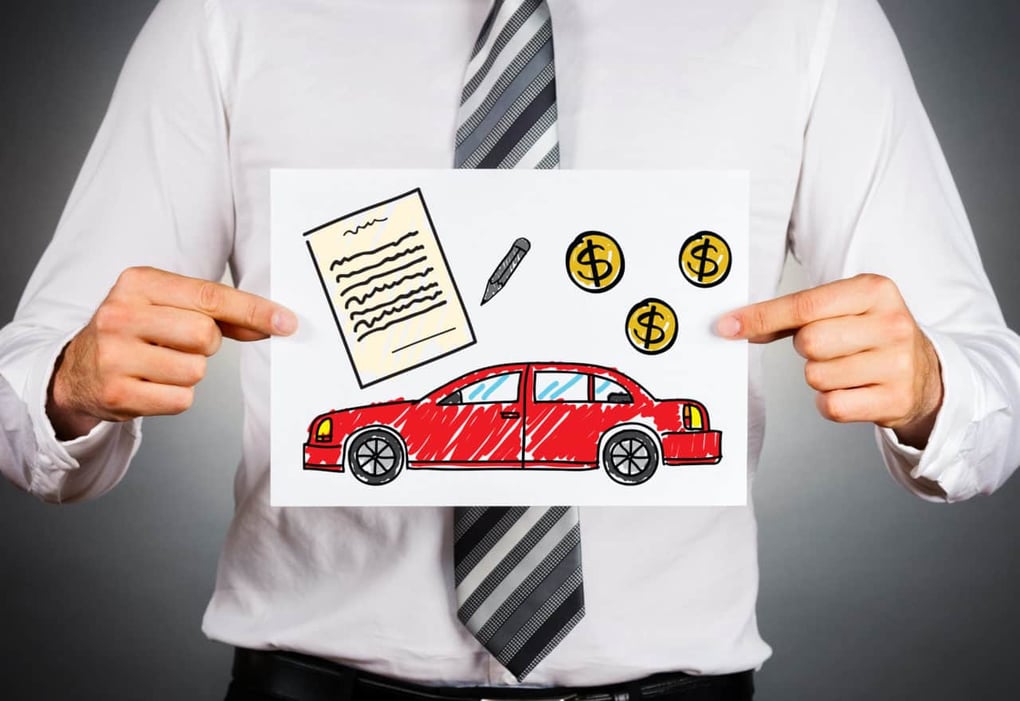Usually, when we get callers who owe more on their car than its true value, they financed too long, or rolled negative equity from one loan to another.
Not long ago, we had a lovely lady call who owed $8000 too much on her car because she was way over her mileage on a lease, due to excess mileage penalties. She wanted to try to roll that into a new loan, but not only was that a bad plan, the overage was wreaking havoc on her next car payment.
The car business has a language of its own and always has. However, the most common phrase in the car business is "upside down" which is simply a term for those who owe more on their car than its true value. Most dealers use the nicer term of "negative equity".
So, what do you do you do if you find yourself in this position? There are a number of remedies, but some of them are not in your best interest.
Step one is to know the true amount of the negative equity. People who listen to my radio show know that trying to find a real value on a used car online is an exercise in futility. The amounts online will swing wildly and odds are great that none of the numbers are correct. You need to get a cash offer from a reputable source. A car's true worth is what someone is willing to write a check for.
To start, check out the Sell Your Car page on our site navigation menu. The service is owned and operated by a large dealer group that has been part of my car show for over a decade and a half. I trust their judgement, and appreciate how easy they make it to sell a car. They will bring you a check, pick your car up and it's done!
Remember, KBB and the others do not write checks.
I tell the story on-air about a lady when I owned dealerships who wound up $32,000 upside down by trading way too often. That is the worst case I have ever seen, but people being $5000 upside down is pretty common. With good credit, that much negative equity can be rolled from the current loan to a new loan, but proceed with caution. Be sure that you love the car you are buying, because you are going to be stuck in it for a good long while. Every time you trade an upside down car, the worse the negative equity piles up.
If at all possible, make up the difference in the negative equity in cash, that way you are not rolling money from your old car into a new loan, and then paying interest on that money. A person who is upside down by $5000 will be paying an extra $100 per month more for the same car on a typical 60-month loan, than someone who is even in his or her car.
Keep in mind, too, that often when you roll negative equity from one loan to another, it can raise your interest rate. The more you borrow on a car, the higher the lender's risk, thus the higher interest rate.
Factory rebates can be a lot of help in absorbing negative equity. If you find yourself upside down, research incentives at our website to see which vehicles have the best factory rebates and try to find a vehicle that you can love for the next five or six years.
If you want to trade just because you have new car fever, and you have a hefty amount of negative equity, resist buying. With every payment you make on your existing car, more money goes to principal and less to interest, so these situations can change quickly. While you are waiting to get even, if you can send in $50 to $100 or more extra with every payment, you will be shocked how fast your payoff will drop.
Last, if you do roll negative equity from one loan to the next, be sure to buy GAP insurance in case the vehicle is totaled or stolen and not recovered. GAP insurance picks up the deficit amount since your insurance company is only going to pay fair market value. I have seen people have to continue to make payments on a car they no longer have for two years.
The way to avoid negative equity is to get a good deal upfront on what you are buying, put down 10% or more in cash or trade equity, get the best interest rate possible, and get the shortest loan period you can and be comfortable.

